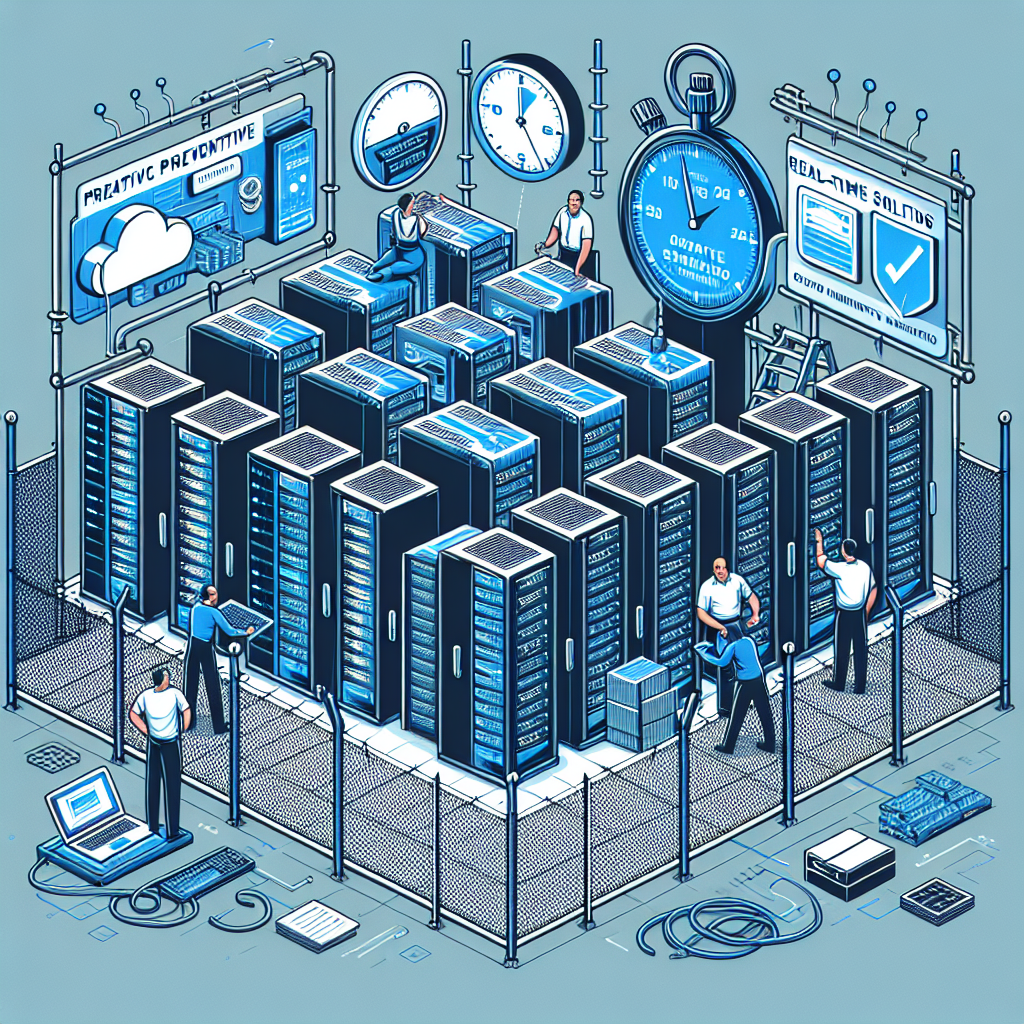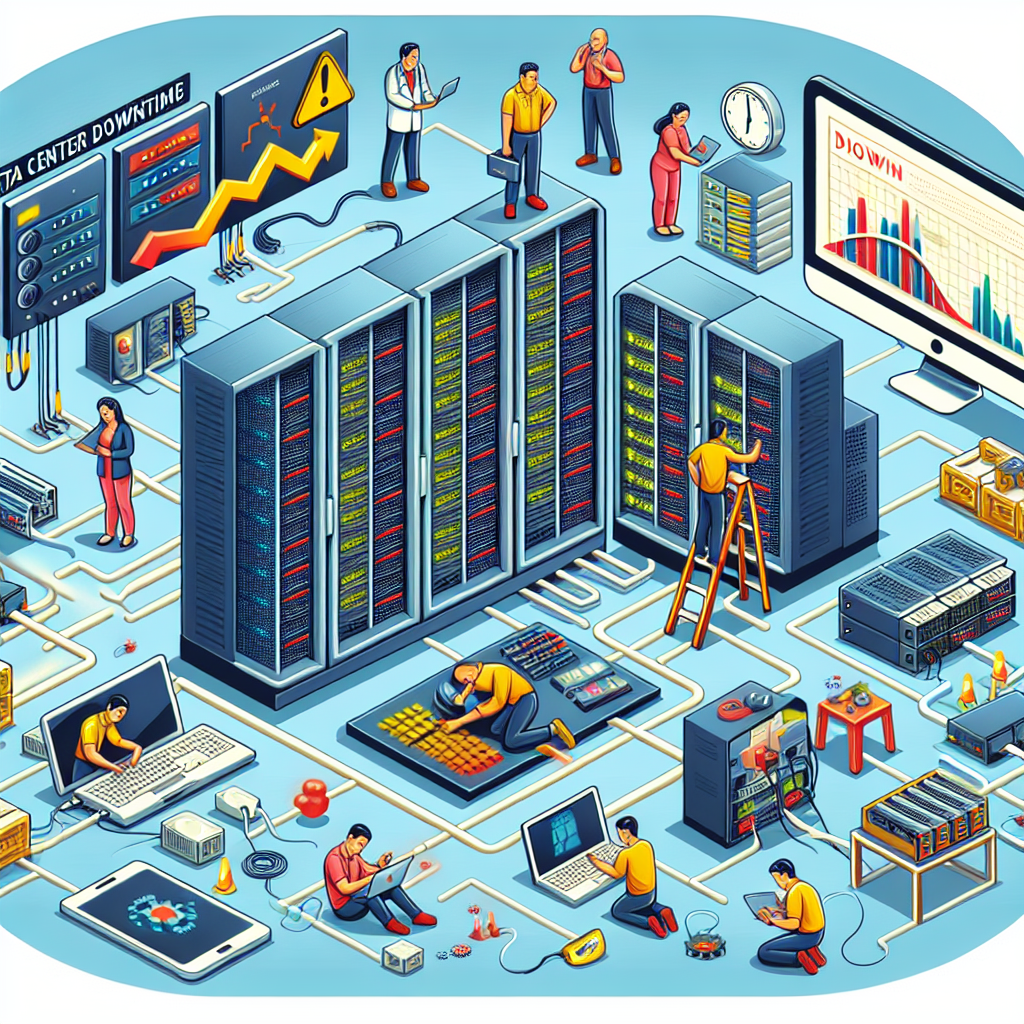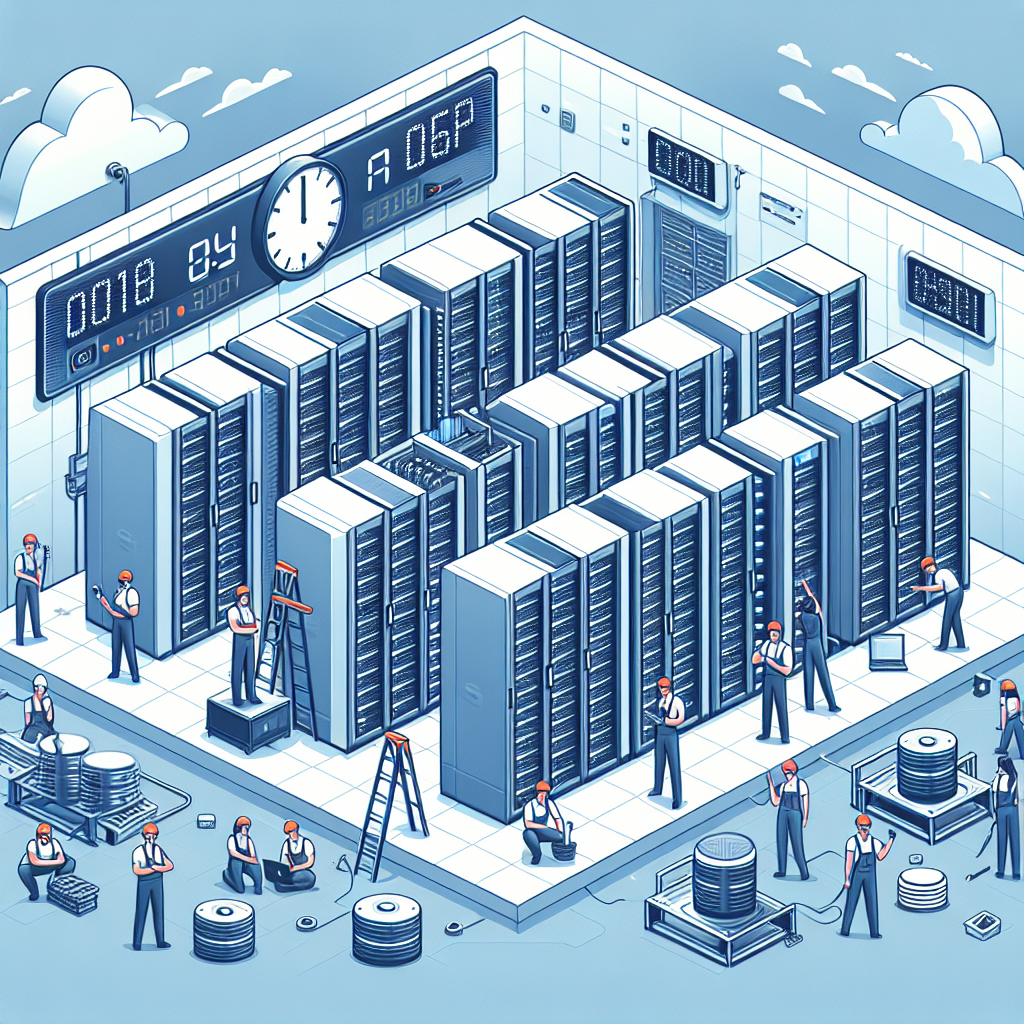Data centers play a crucial role in modern businesses, serving as the backbone of IT infrastructure and housing critical data and applications. However, data center downtime is a serious concern for organizations, as it can have a significant financial impact. In fact, according to a recent study by the Ponemon Institute, the average cost of data center downtime is $740,357 per incident.
There are several factors that contribute to the financial impact of data center downtime. First and foremost, there is the cost of lost revenue. When a data center goes down, businesses are unable to access critical applications and data, leading to a loss of productivity and potential sales. In addition, customers may be unable to access services or make purchases, resulting in lost revenue and potential damage to the organization’s reputation.
Furthermore, there are costs associated with restoring the data center to full functionality. This may involve replacing hardware, software, or other equipment that was damaged during the downtime. Additionally, organizations may need to invest in additional resources, such as IT staff or consultants, to address the root cause of the downtime and prevent future incidents.
There are also indirect costs to consider when calculating the financial impact of data center downtime. For example, there may be legal fees or fines associated with data breaches or compliance violations resulting from a downtime incident. Additionally, businesses may incur costs related to customer refunds, compensation, or credit monitoring services in the event of a data breach.
To calculate the cost of data center downtime, organizations should consider both the direct and indirect costs associated with the incident. This may include lost revenue, restoration costs, legal fees, and other expenses. By understanding the financial impact of data center downtime, businesses can better prepare for and mitigate the risks associated with these incidents.
In conclusion, data center downtime can have a significant financial impact on organizations. By calculating the cost of downtime and taking steps to prevent and mitigate these incidents, businesses can minimize the risks and ensure the continued operation of their critical IT infrastructure.










